The territory of Laconi is an ideal habitat for numerous species of animals. A colony of Sarcidano horses is present within the Funtanamela forest and the Sardinian deer was recently reintroduced. Wild boars, foxes, rabbits and hares are common; present but more rare are weasels, martens and dormice.
There are also many species of birds in the area. Standing out among them is the buzzard, the largest predatory bird of the region; of lesser dimensions is the peregrine falcon, elegant and extremely fast, as well as the the kestrel and lesser kestrel falcons. Unfortunately, the majestic golden eagle, present until just a few years ago, can no longer be seen in the skies of Laconi. To this list of the region’s predatory birds, one must add the common barn owl, with its white coat, the owlet and the scops owl, which are all easily encountered, especially during fair-weather nights.
The avifauna of Laconi also includes the small kingfisher, characterized by its emerald green plumage and red feet, not to mention the bee-eater, a polychromatic bird very fond of its eponymous prey. The Sardinian marbled newt, the Sardinian brook salamander (an amphibian native to the island), the oscillated skink, the Sardinian tree frog (Hyla sarda) and the painted frog are all shy and therefore little-known inhabitants of Laconi. Also living near the streams and humid regions of the countryside is the Natrix natrix cettii, a large colubrid known as the collared natrix, and the Natrix viperina.
The Sarcidano horse
The Sarcidano horse is one of the oldest species in Sardinia and has been officially recognized as a species native to the island.
The genetic heritage of these animals persists to this day virtually unaltered thanks to the concentration of its population in select areas (Laconi, Funtanamela, and Burgos Forest) and is a mine of information regarding the reconstruction of the evolution of the horse itself.
It has a lively temperament and from a morphological point of view is characterized by a height of 140 cm at the withers, a coat that is usually bay and chestnut, rarely grey, a rather robust musculature and an
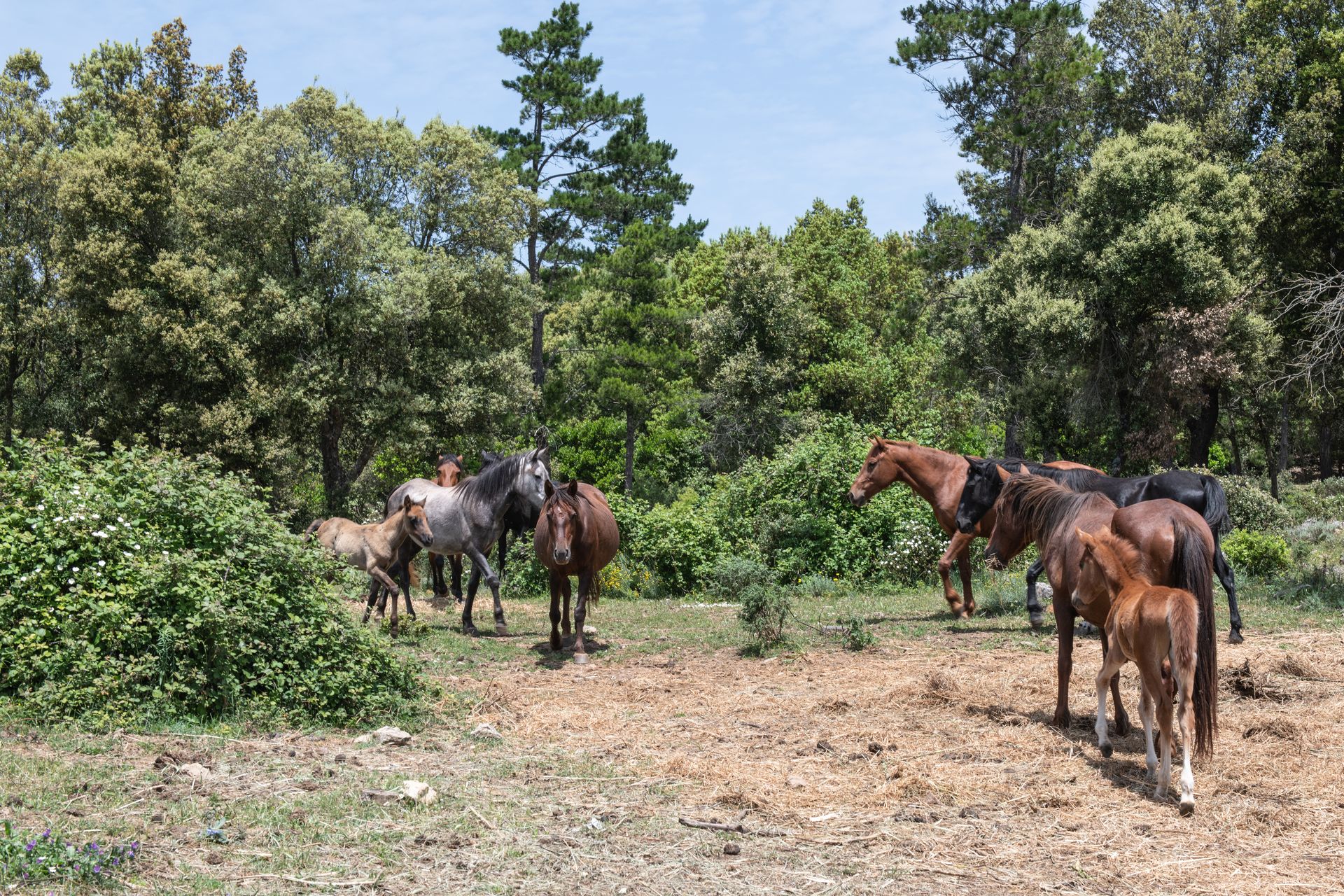 Funtana Mela Forest, Sarcidano horses (Ph. Irene Ollargiu)
Funtana Mela Forest, Sarcidano horses (Ph. Irene Ollargiu)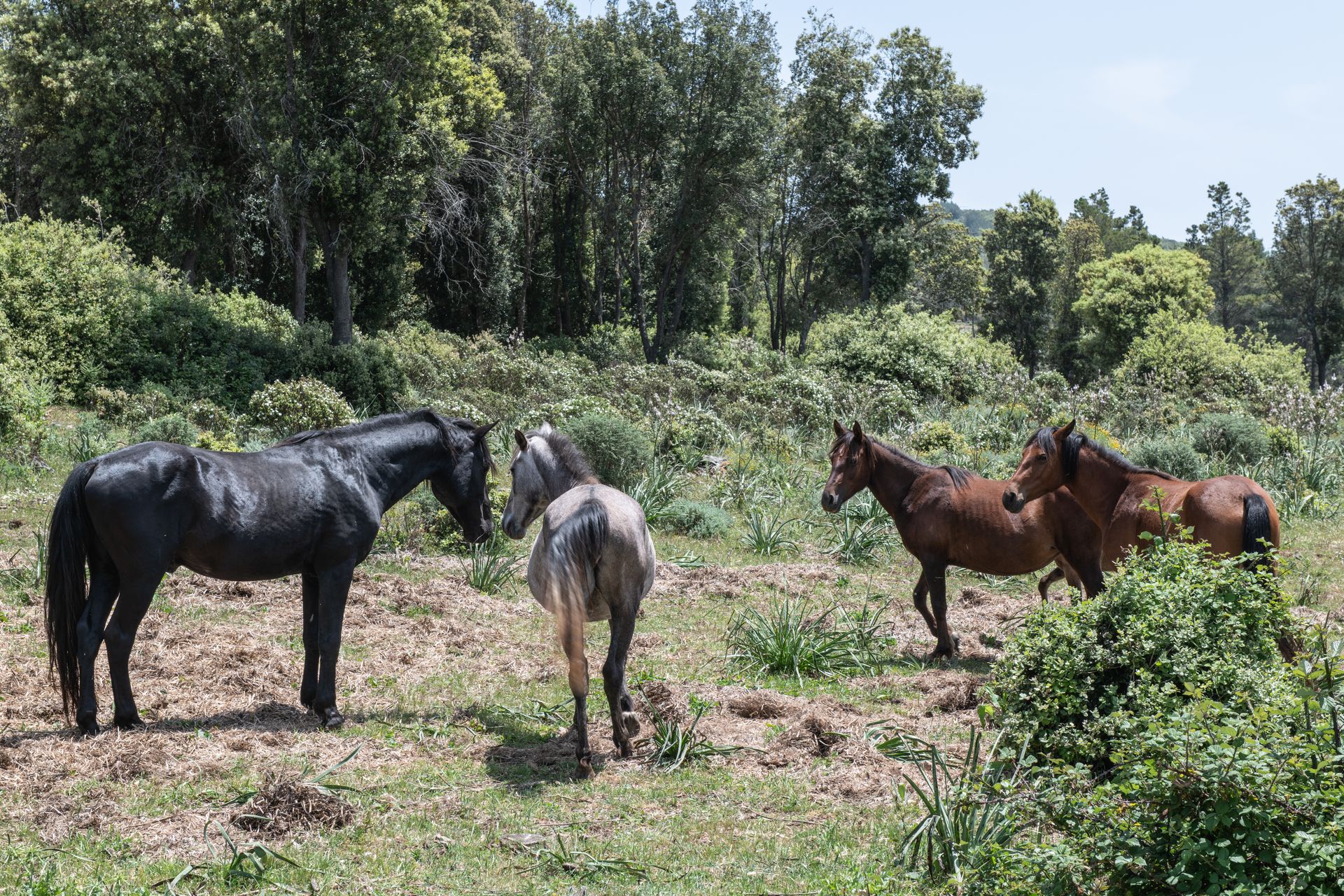 Funtana Mela Forest, Sarcidano horses (Ph. Irene Ollargiu)
Funtana Mela Forest, Sarcidano horses (Ph. Irene Ollargiu)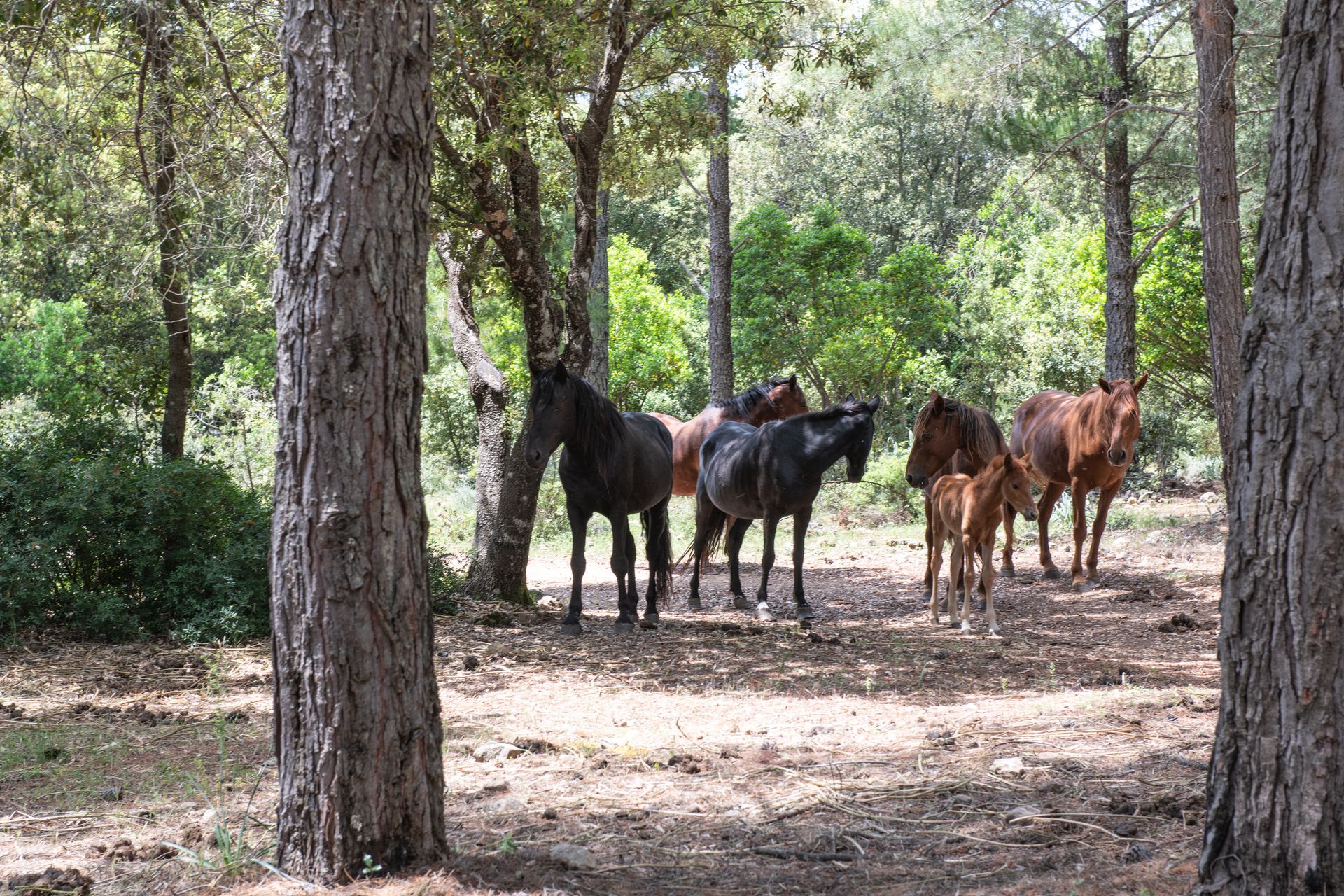 Funtana Mela Forest, Sarcidano horses (Ph. Irene Ollargiu)
Funtana Mela Forest, Sarcidano horses (Ph. Irene Ollargiu)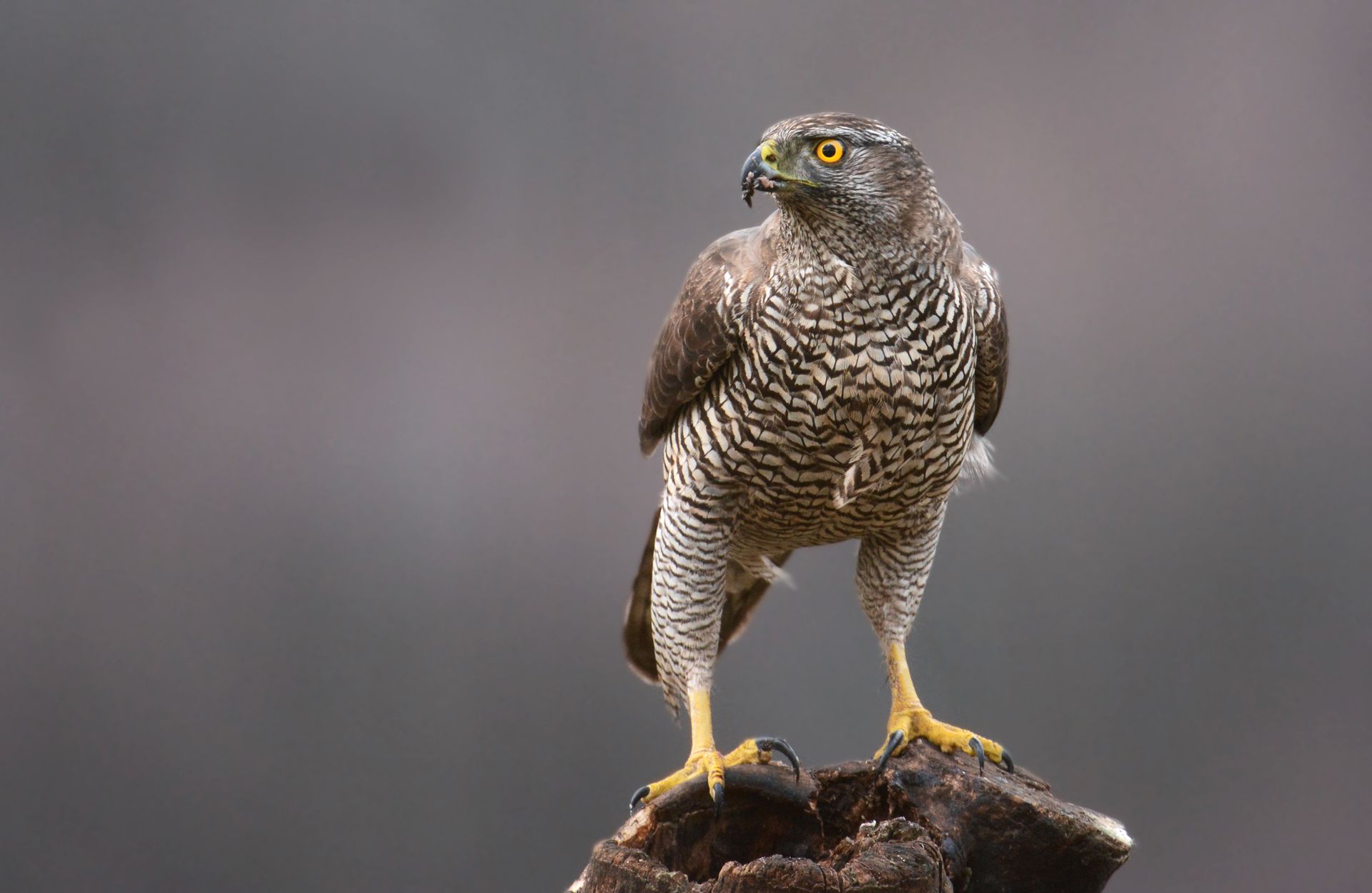 Goshawk
Goshawk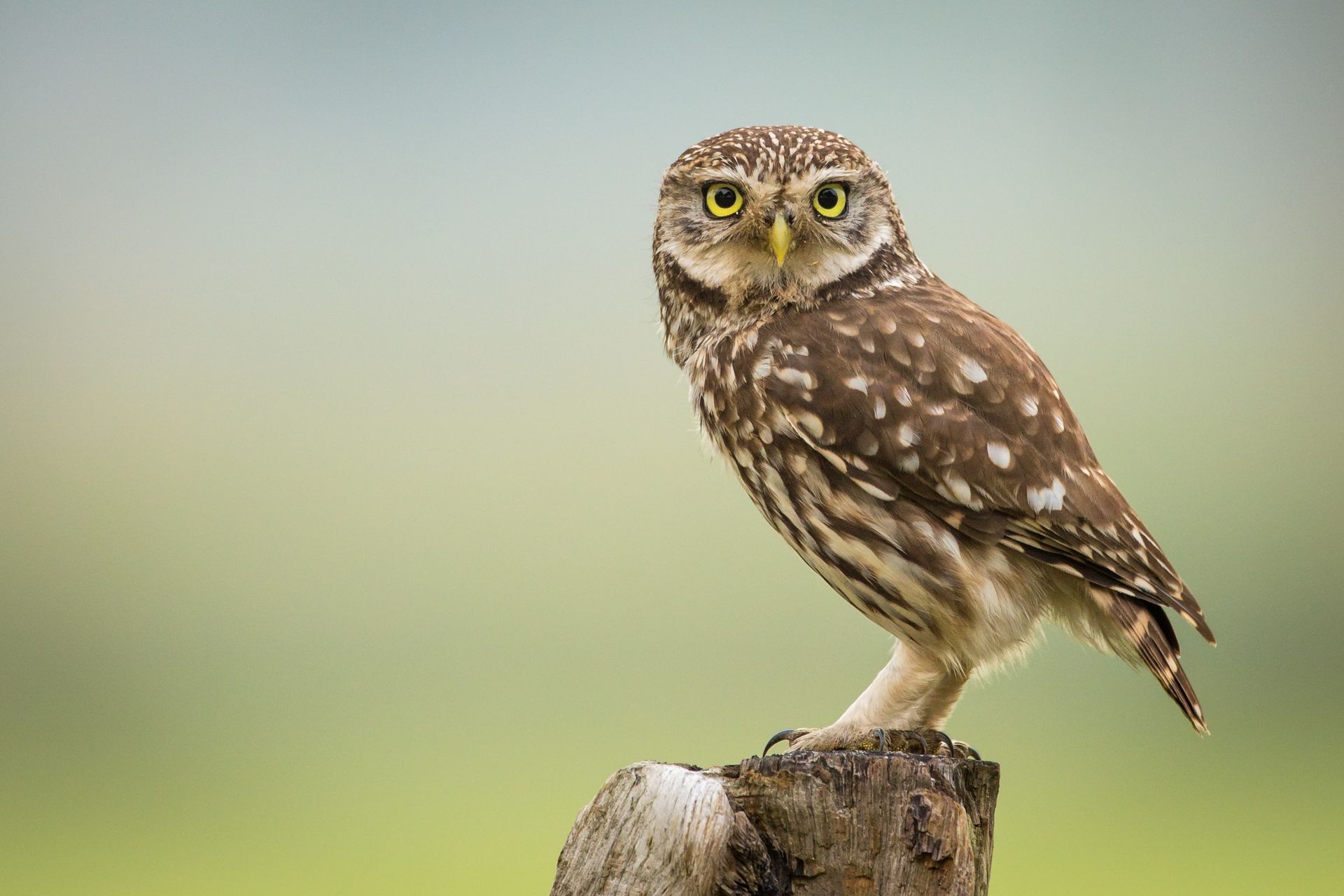 Owl
Owl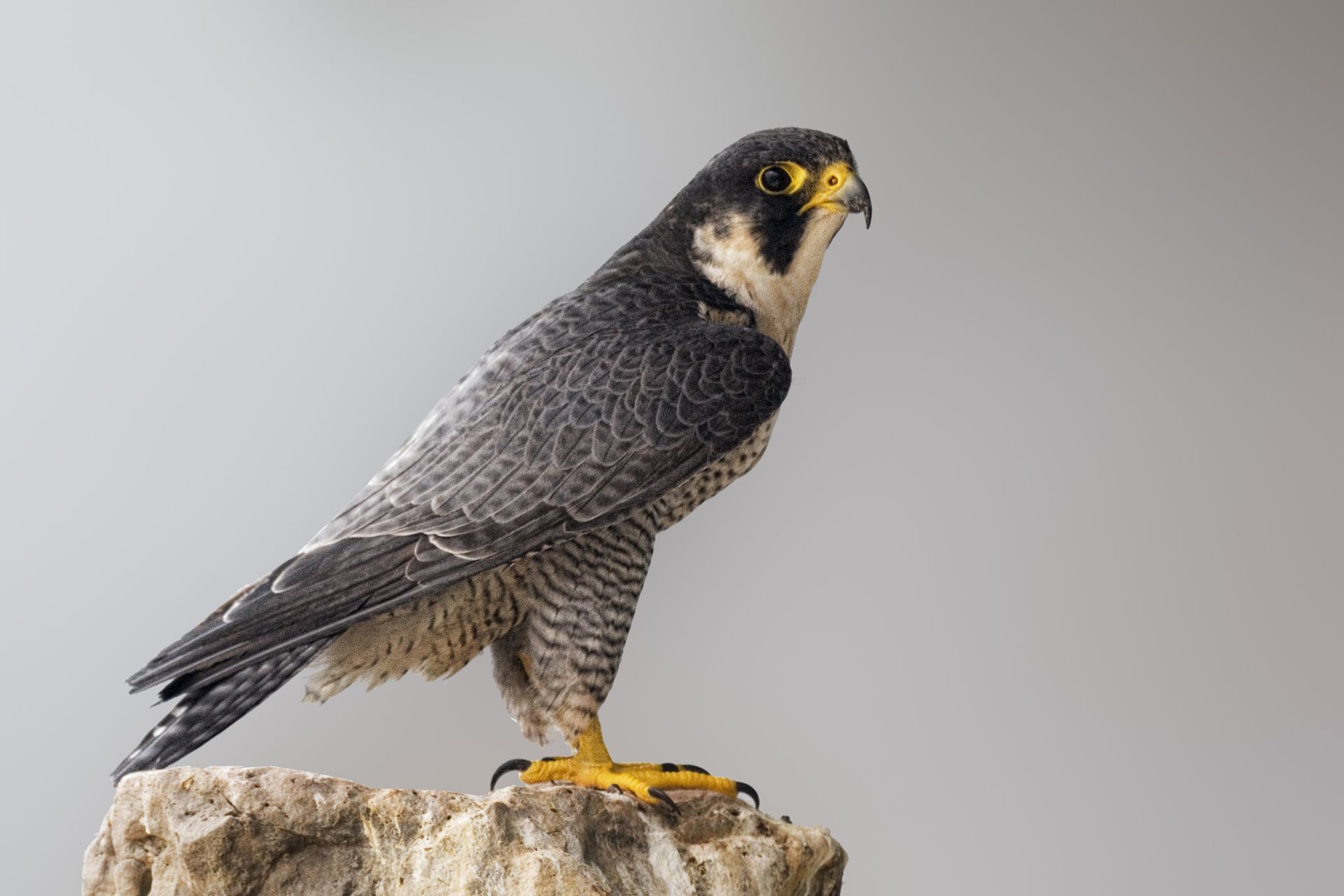 Peregrine falcon
Peregrine falcon